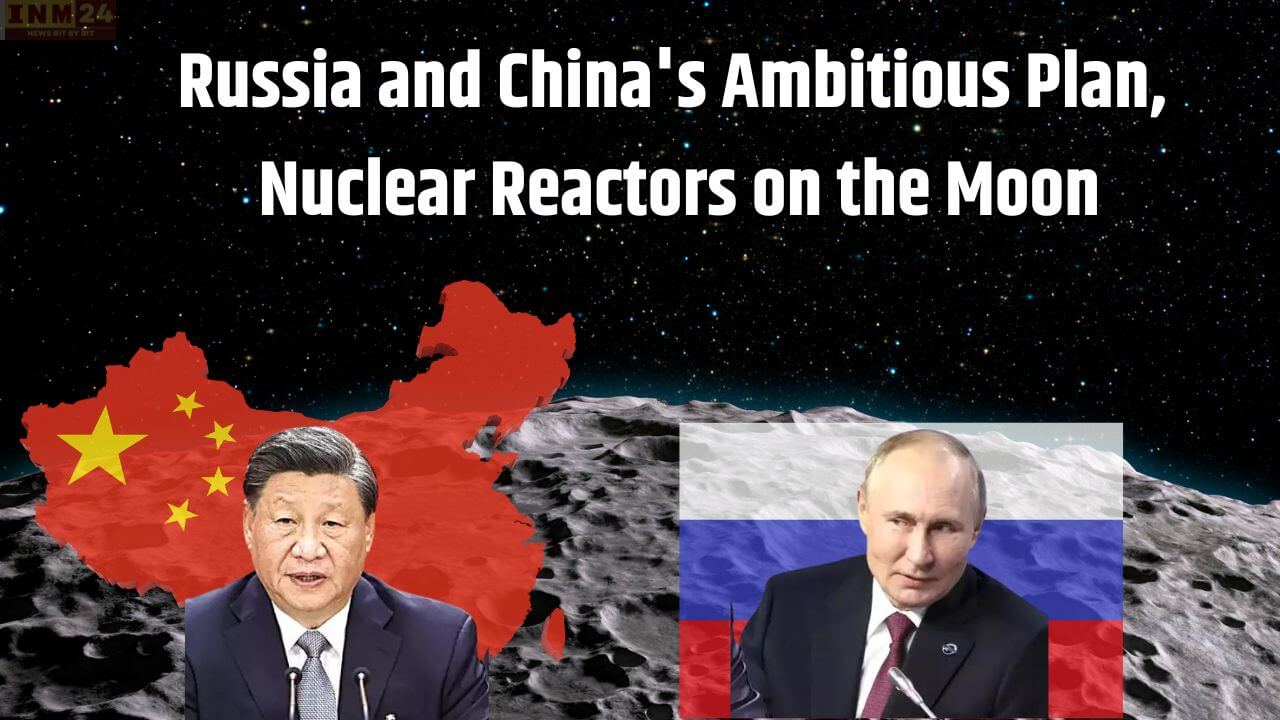In the current era of space exploration, various space agencies worldwide are in a race to reach the moon. Amidst this, China and Russia have unveiled an ambitious plan to build a nuclear reactor on the moon by the year 2035. This joint effort aims to create a nuclear reactor that will generate electricity for lunar bases, all without human intervention.
- Russia and China collaborate on a major project for the moon.
- Both nations plan to build a nuclear reactor on the moon.
- The nuclear reactor will produce electricity for lunar bases.
China and Russia’s Lunar Ambitions
In an announcement, Russia’s space agency Roscosmos revealed its collaboration with China to develop an autonomous nuclear reactor on the moon by the 2030s. This reactor is intended to provide electricity to a lunar base, which will be jointly operated by both countries. In 2021, Roscosmos and the China National Space Administration (CNSA) disclosed their goal of establishing an International Lunar Research Station (ILRS). At that time, China asserted that it would be open to the participation of interested nations and international partners.
Russia’s Lunar Plans
Roscosmos Director Yuri Borisov stated, “We are considering plans to install a power unit on the moon’s surface between 2033 and 2035 in collaboration with our Chinese partners.” Borisov emphasized that this challenging endeavor would likely be accomplished without human presence, employing automatic technologies. Technological solutions associated with this project are already in development.
Challenges and Considerations
Despite the historic tensions between CNSA and Roscosmos and the recent banning of American astronauts from Russian launches due to geopolitical issues, NASA’s participation in this lunar base remains uncertain. Following the conflict with Ukraine, the United States imposed sanctions on Russia, leading to Roscosmos’ decision to withdraw from the International Space Station (ISS) by 2025. On Tuesday, Roscosmos announced its intent to collaborate with China on building a nuclear reactor, possibly utilizing large-scale nuclear-powered rockets to transport equipment to the moon.
No Human Presence Planned
Borisov indicated that this complex task would likely be accomplished without human intervention, relying on automated technologies. Both Roscosmos and CNSA have refrained from sending humans to the moon thus far.
The collaboration between Russia and China on a lunar nuclear reactor signifies a new chapter in international space exploration. As both nations contribute their expertise to this ambitious project, it remains to be seen how this partnership will shape the future of lunar exploration and energy generation.
